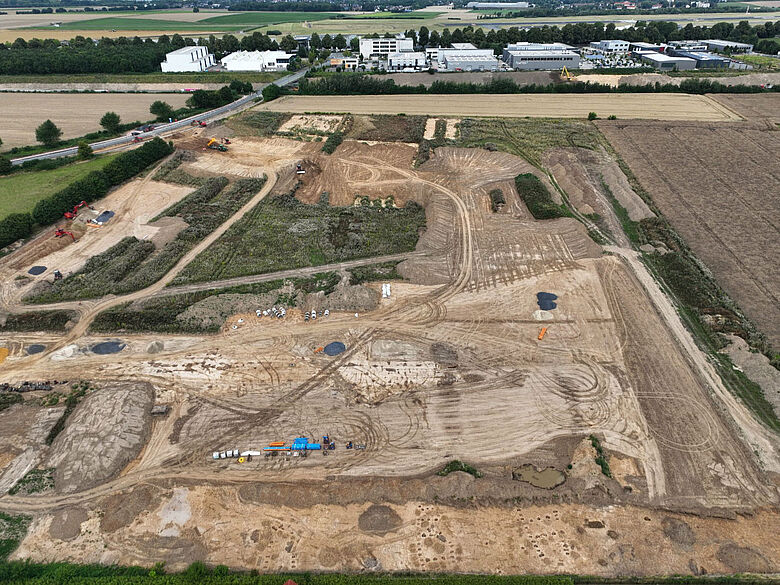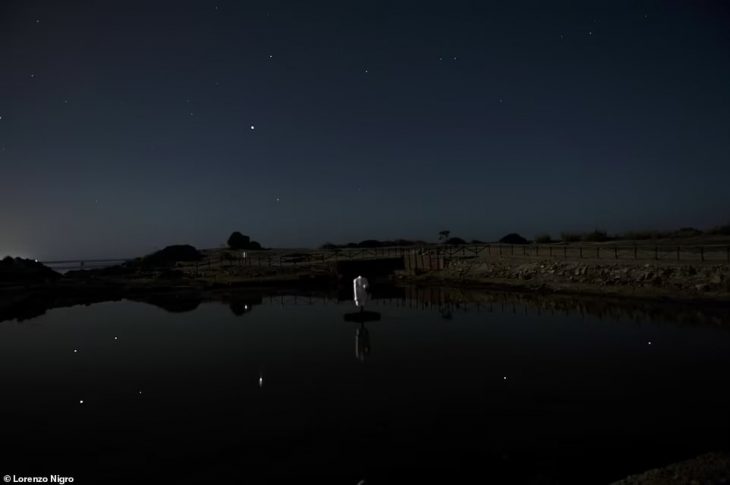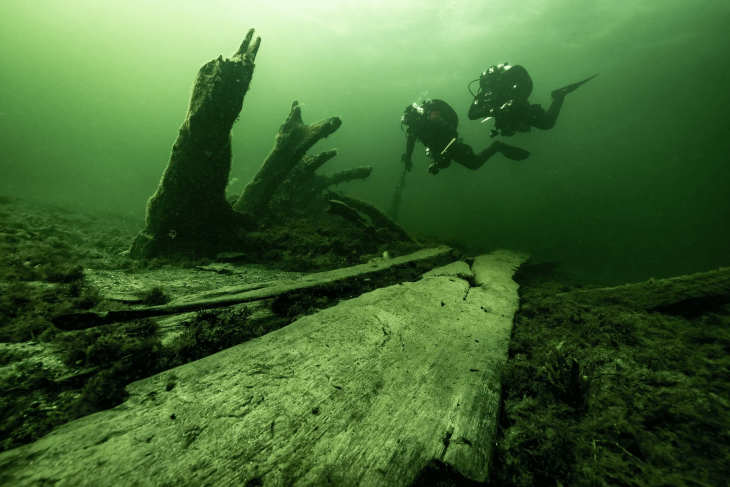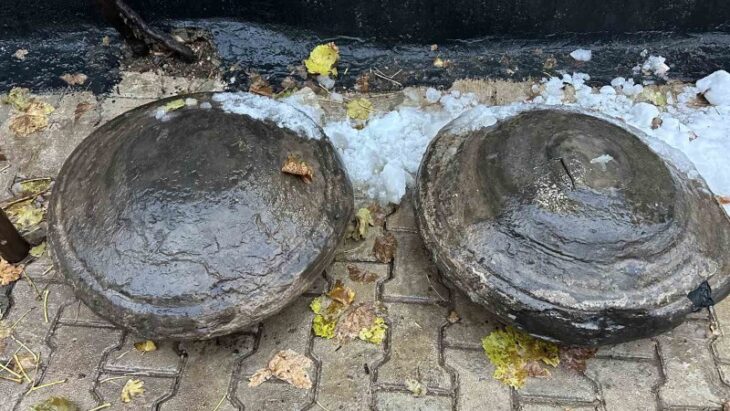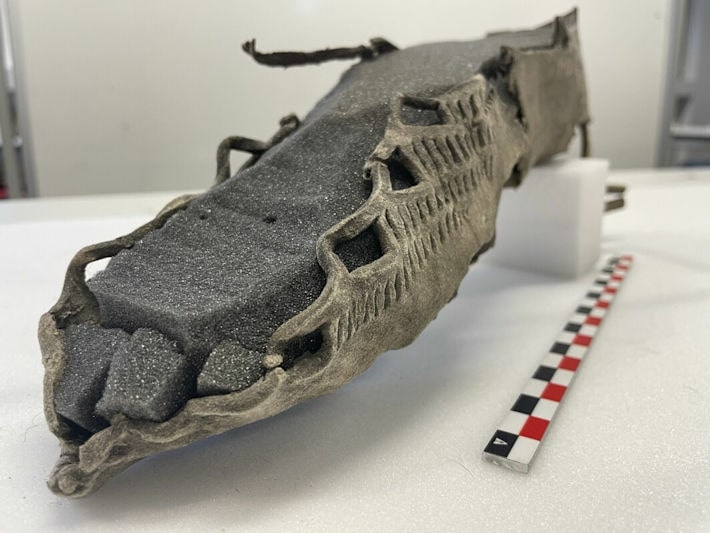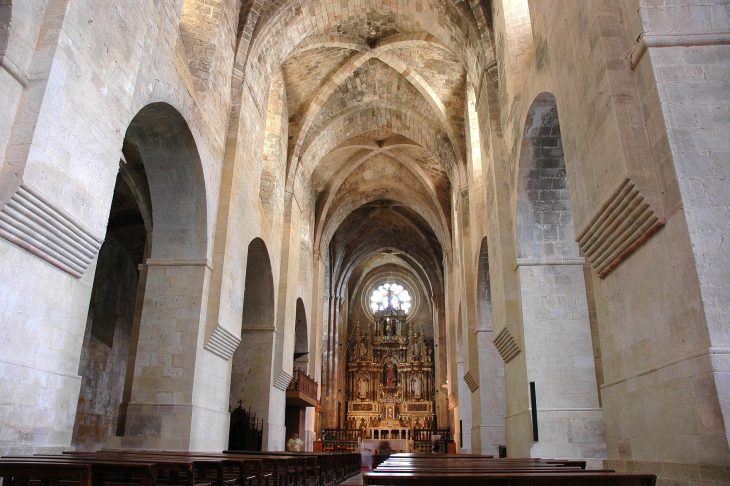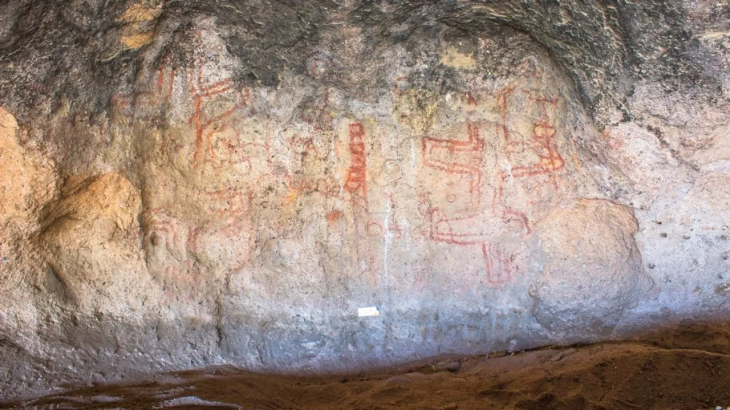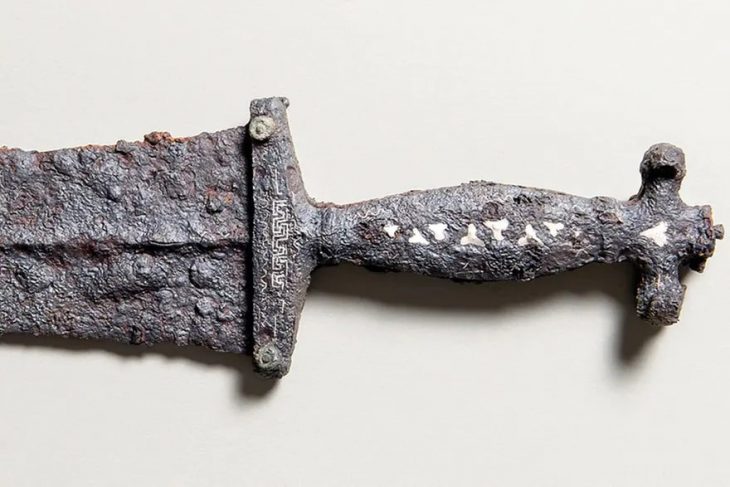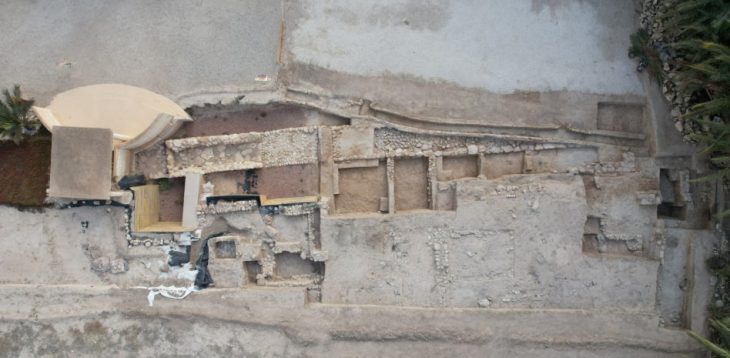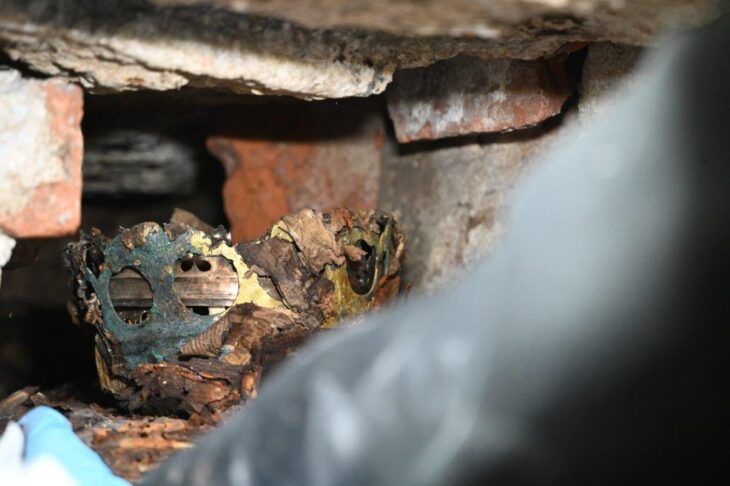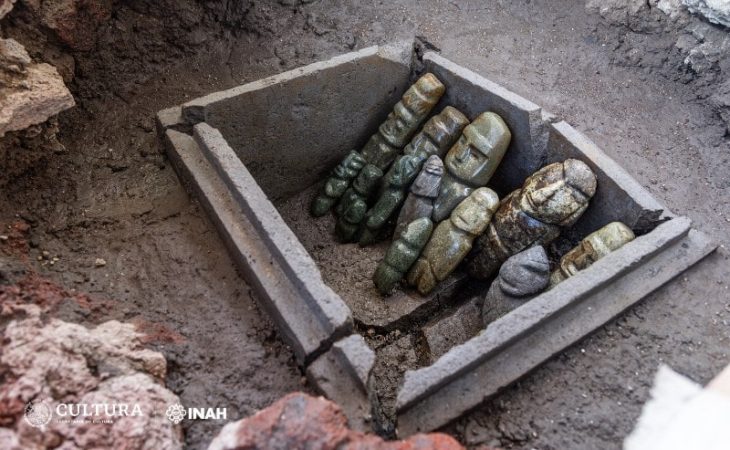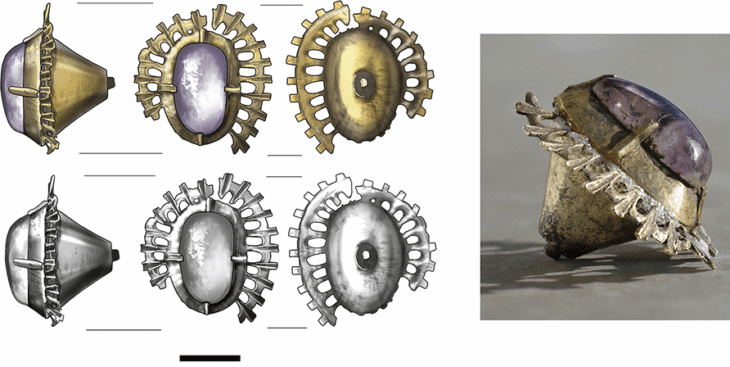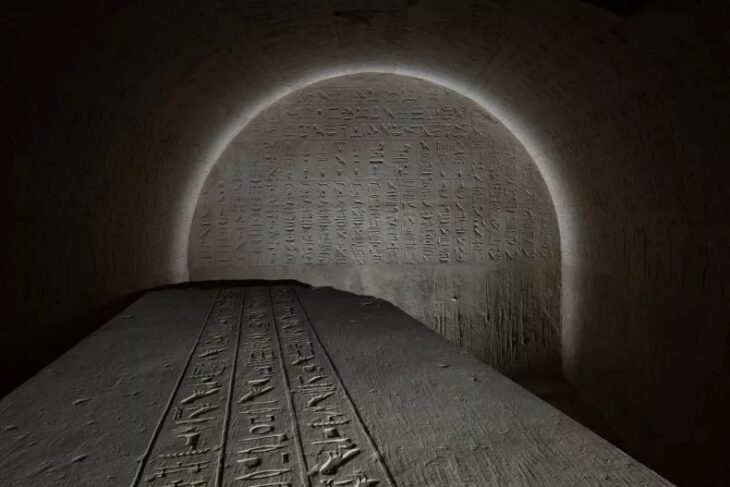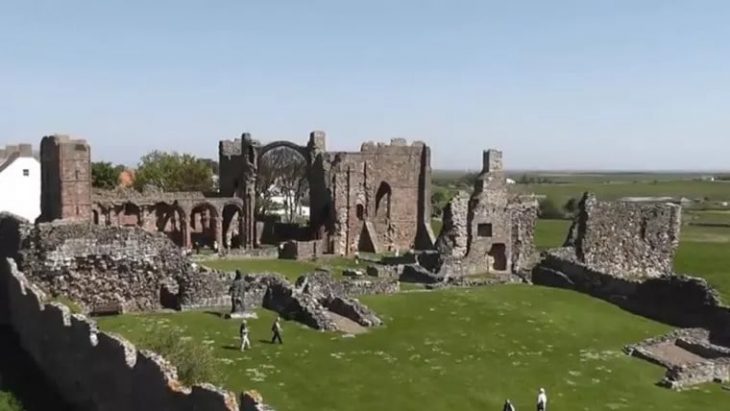Archaeological discoveries at Dortmund Airport reveal that early Neolithic farmers lived and built houses in the region nearly 7,000 years ago. The findings shed light on the Rössen culture, one of Central Europe’s most influential prehistoric farming communities.
Archaeologists from the Landschaftsverband Westfalen-Lippe (LWL) have unearthed remarkable evidence of Stone Age life at a large construction site near Holzwickede, where the Eco Port Süd business park is set to be developed next to Dortmund Airport. After more than a year of excavation, experts confirmed that early farming societies built houses and lived in the area during the Middle Neolithic period.
Ancient Houses Revealed Beneath Modern Development
Led by archaeologist Philipp Bockelbrink, the excavation team uncovered several house foundations. In the northern section, they completed the outline of a building previously identified during a preliminary survey. Meanwhile, in the southern part of the site, they found remains of at least four or five additional structures.
According to the experts, the site may represent two separate settlement phases, both dating back nearly 7,000 years. While artifacts such as pottery were scarce, the foundations themselves provide significant evidence of early habitation.
Dr. Petra Bergmann of the Unna District Economic Development Agency noted that such discoveries had been anticipated: “The preliminary surveys already suggested prehistoric activity here. Now, after fascinating insights into the past, the land has been released for construction of Eco Port Süd, which will provide high-quality commercial space in a prime location.”
📣 Our WhatsApp channel is now LIVE! Stay up-to-date with the latest news and updates, just click here to follow us on WhatsApp and never miss a thing!!
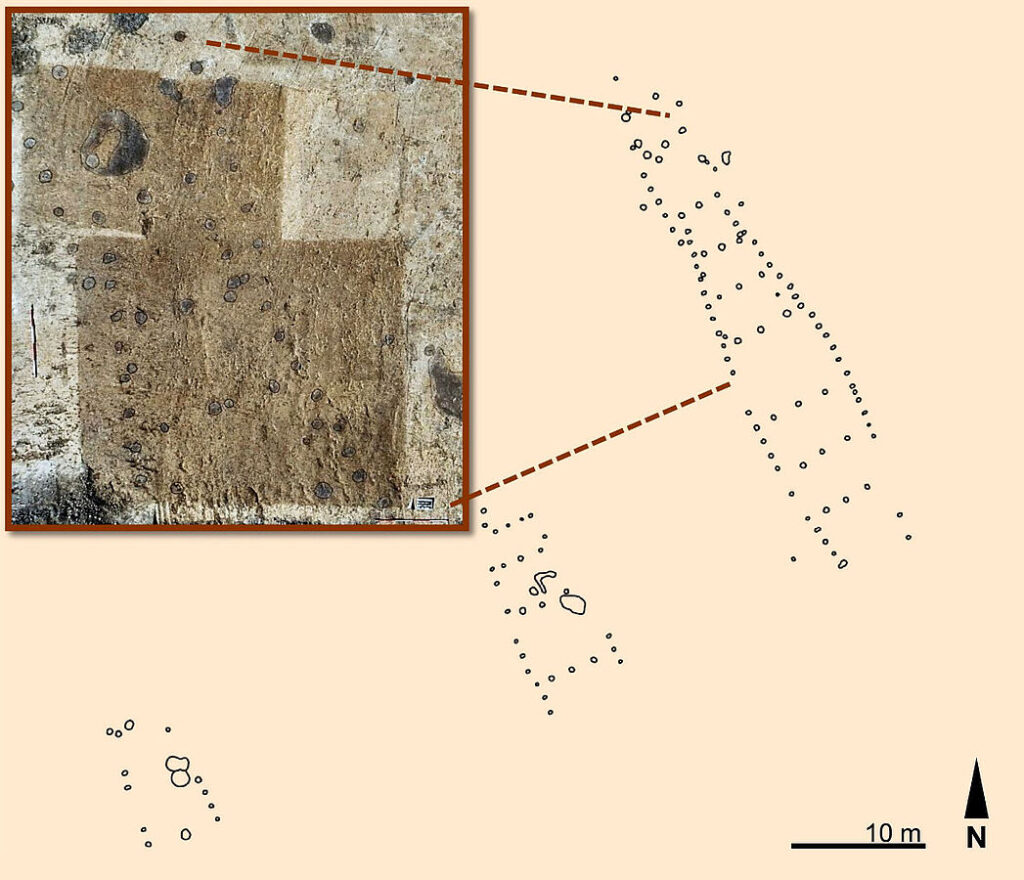
Insights into the Rössen Culture
The houses unearthed at Holzwickede are typical of the Rössen culture, a farming community that flourished around 4,700 BCE. This culture, named after a district of Leuna in Saxony-Anhalt, was one of the most widely spread Neolithic groups in Central Europe.
Professor Dr. Michael Baales, head of the LWL Archaeology for Westphalia, explained: “These buildings reflect the Rössen culture, which was especially common on the fertile loess soils of Westphalia. Settlements are often found along the Hellweg corridor, between the Sauerland and the Ruhr.”
Comparable finds have been documented across the region. In the 1950s, archaeologists discovered a massive 65-meter-long house in Bochum-Gerthe—one of the largest known wooden structures from prehistory. By comparison, the nearly complete house outline found at Holzwickede, measuring around 30 meters, appears relatively modest. These houses often sheltered both people and animals, with storage space for grain under the same roof.
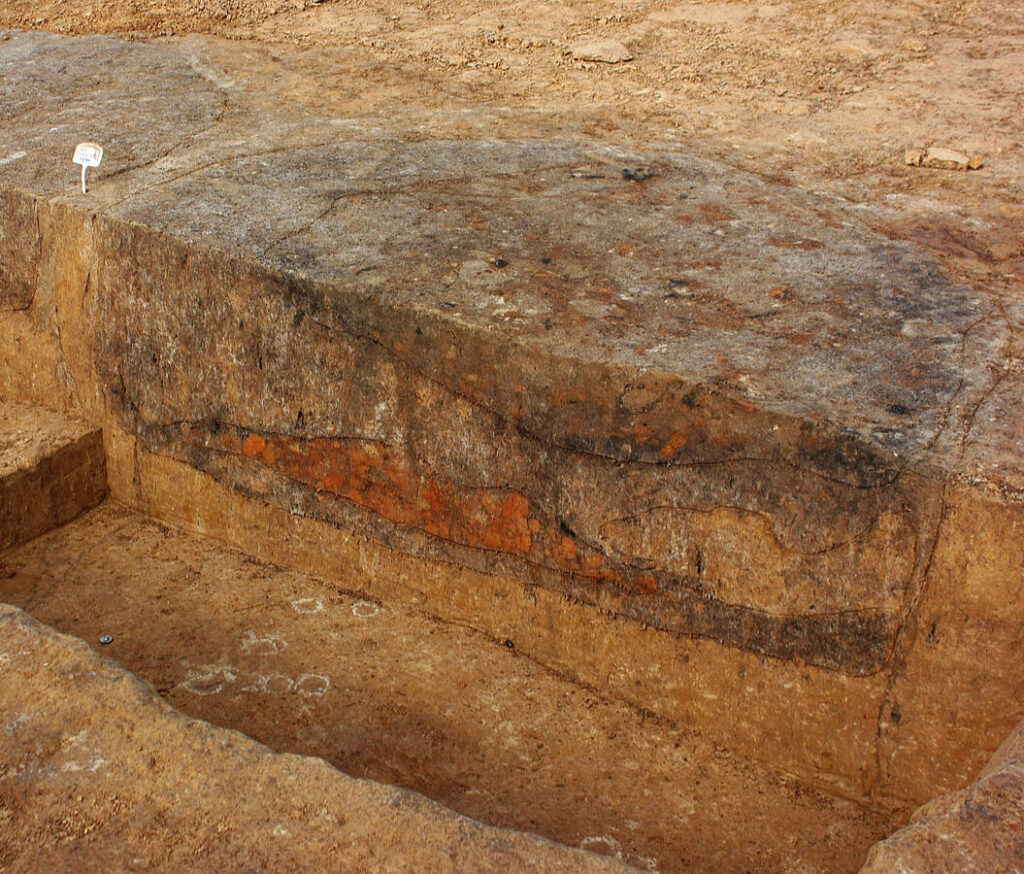
Construction and Preservation
Though the wooden structures themselves have long decayed, archaeologists identified deep postholes where the walls and roofs once stood. The sloping terrain near Dortmund allowed these features to be preserved in the soil for millennia.
Interestingly, while Neolithic sites often yield large quantities of ceramics and tools, very few such artifacts were recovered here. This raises questions: Was the settlement short-lived? Did inhabitants move on quickly? One building in the southern section even overlaps an older foundation, suggesting different phases of occupation.
Signs of Later Settlements
The excavation also revealed traces of Iron Age activity, dating to just a few centuries before the birth of Christ. Smaller posthole structures, likely granaries or storage buildings, were identified, along with pottery fragments that can be clearly attributed to this later period.
“This excavation emphasizes how long agricultural societies have lived and left their mark along the Hellweg,” said Professor Baales. “It is essential that modern development respects this cultural heritage and ensures these traces are documented for future generations.”
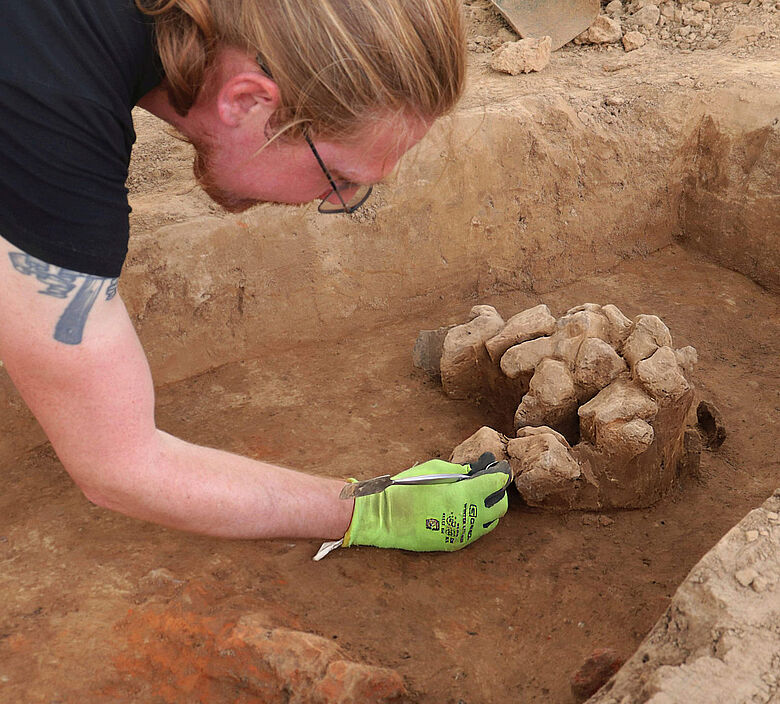
A Bridge Between Past and Present
The discovery at Dortmund Airport highlights the deep history of human settlement in the Ruhr region. What is today a bustling transportation hub and future business park was once home to Neolithic farmers who cultivated the land, lived in wooden longhouses, and laid the foundations of early European society.
As construction of the Eco Port Süd moves forward, the site stands as a reminder that beneath modern infrastructure lies a cultural heritage stretching back thousands of years—a heritage that continues to shape our understanding of Europe’s prehistoric past.
Landschaftsverband Westfalen-Lippe (LWL)
Cover Image Credit: LQ Archäologie/C. Bariszlovich

